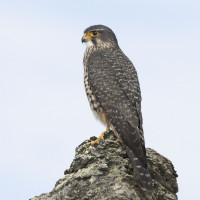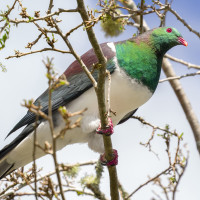Descrizione
After crossing the Mangawhero River, this peaceful, 3 km long track takes you through the native forest of the Tongariro National Park. An initial descent brings you to about 100m elevation allowing you to enjoy the view over giant rimu and mataī. The second half, after crossing the road, descends down a gentle gradient back to the car park. Throughout you can hear the sweat melodies of Grey Warbler and the strange sounds of Tui, startle New Zealand Pigeon, get inspected by curious New Zealand Fantail, and even spot Whitehead, Tomtit, and New Zealand's smallest bird, the Rifleman. Hence, during summer there are both New Zealand cuckoo species present, Shining Bronze Cuckoo and Long-tailed Koel.
Starting from the same car park, the Rimu Walk offers a shorter, flat alternative that takes only about 15 minutes to complete.
Dettagli
Accesso
The walks start from a car park at the Northern end of Ohakune, near the DoC Office. Ohakune is less than half an hour from the National Park Village, 1,5h from Whanganui, and 2h from Taupo. The Mangawhero Forest Walk is partially hilly, but still an easy hike. The Rimu Walk is marked as wheelchair-friendly, though it should be noted that it is on gravel.
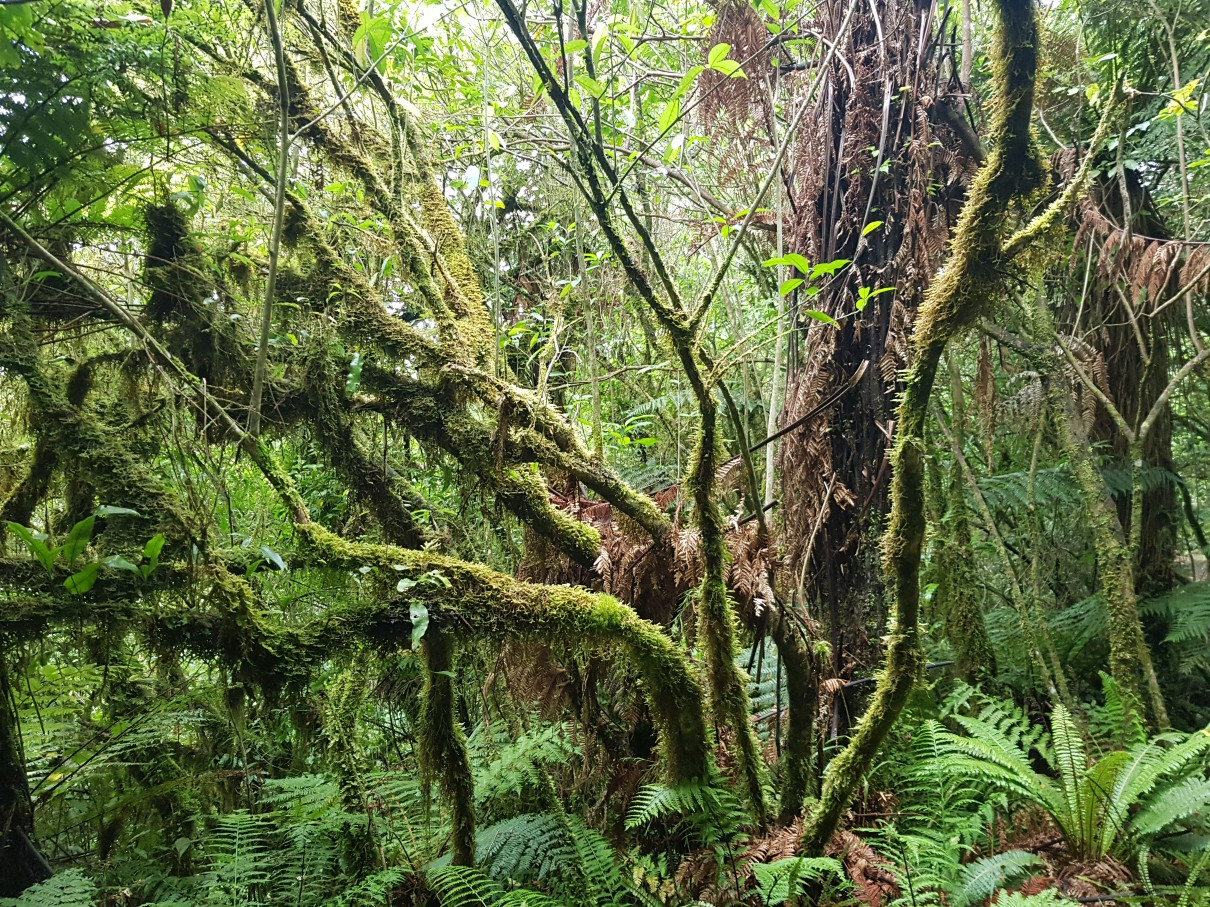
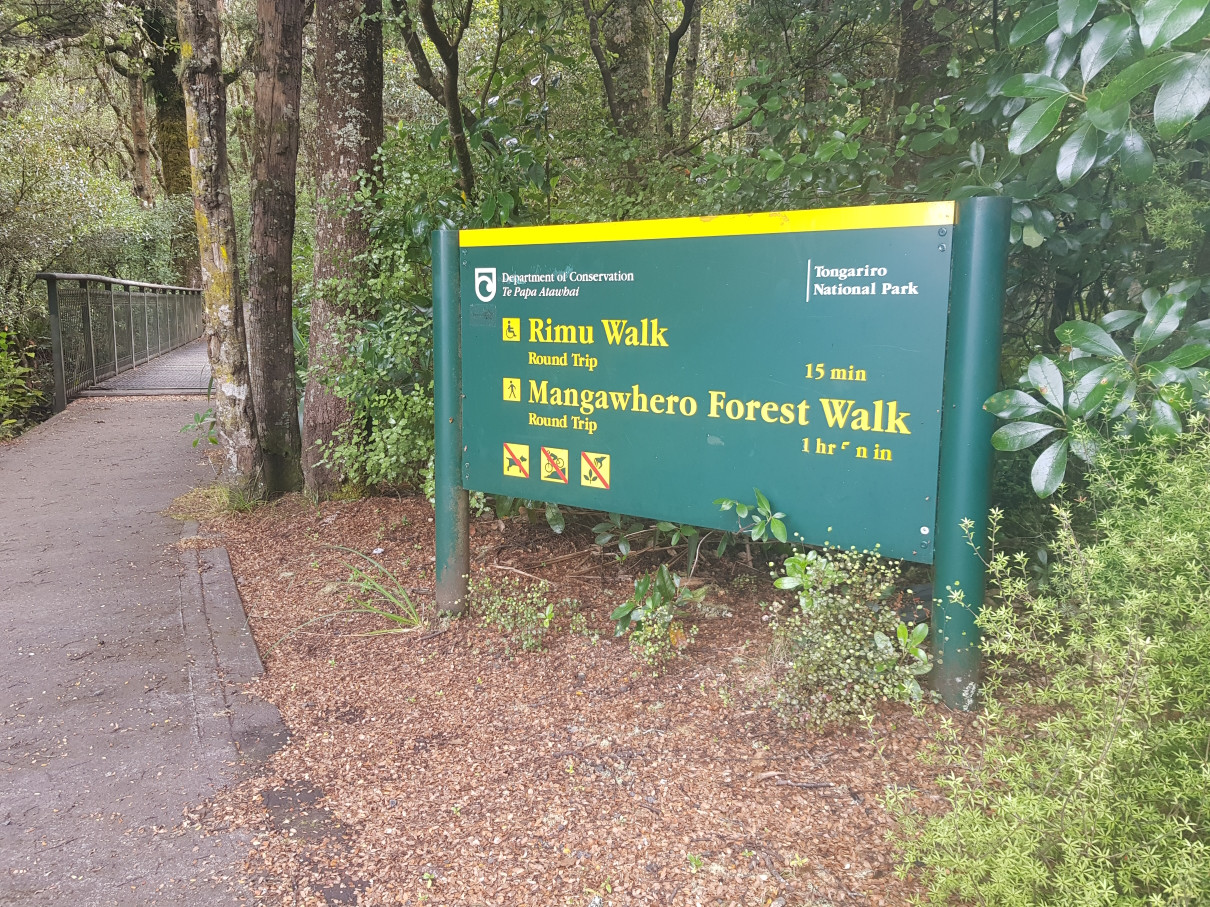
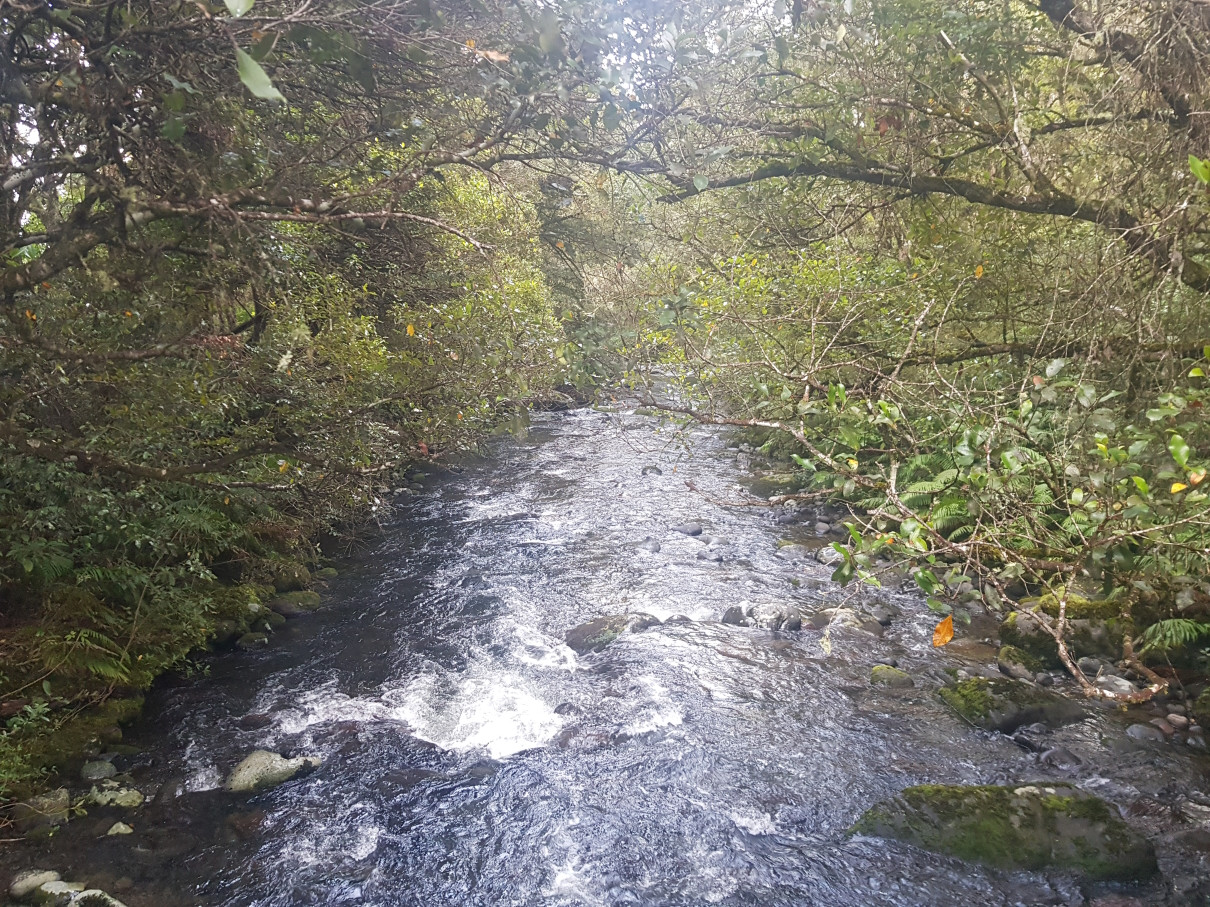
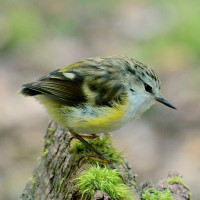
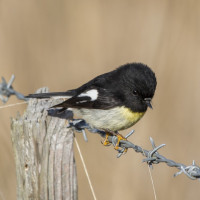
 - Gerygone igata.jpg)
